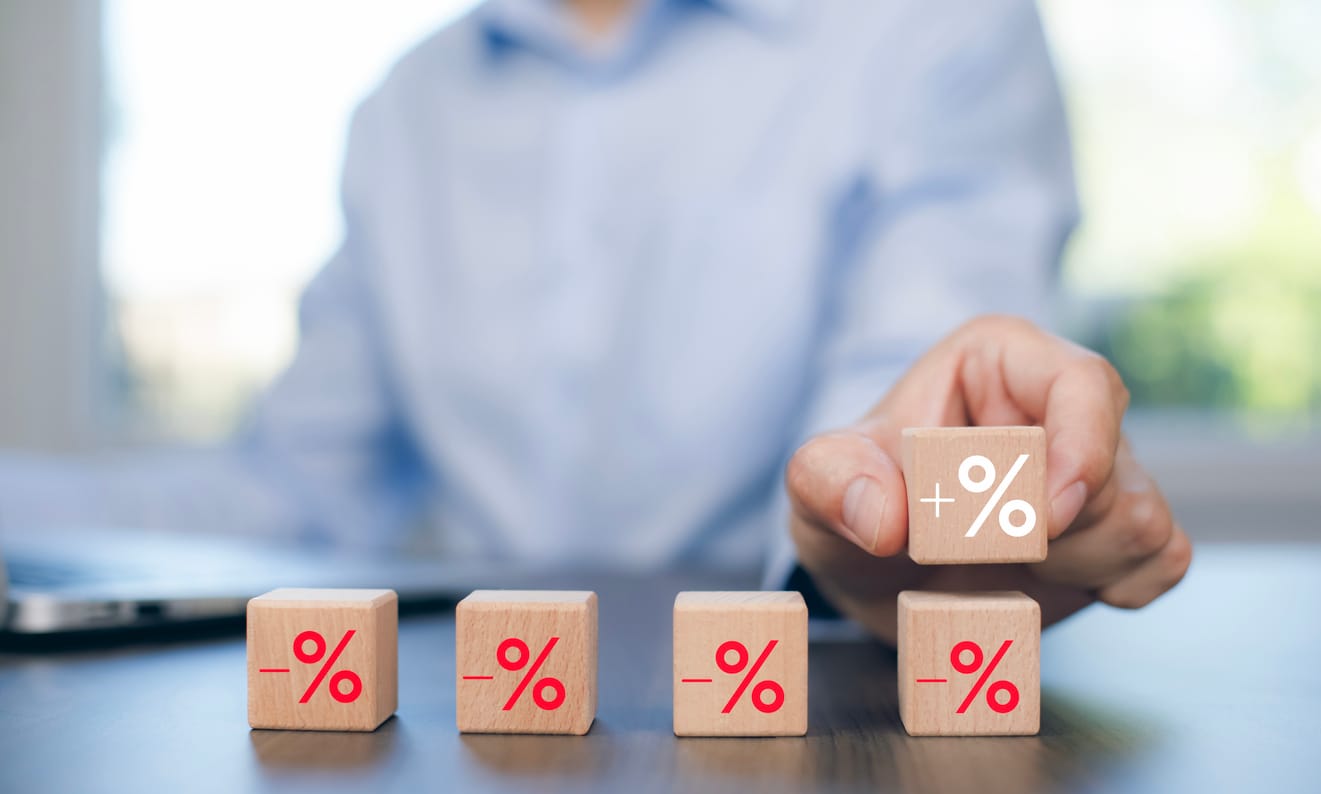Margin vs. Markup: Business Implications

Margin and markup are two different ways to gauge the profitability of selling a product. Specifically, gross margin refers to the percentage of profit from sales you generate, while markup represents the additional price you add to the cost of goods sold.
For example, a gross margin of 40% on a $100 product means that your gross profit is $40 when the cost is $60. A markup of 100% on the same product means the selling price is $120 since you add 100% of the cost to the product's price.
While margin and markup are two different things, it’s better to use profit margin as a Key Performance Indicator (KPI) for your business compared to using markup. That’s because increasing margin is a more difficult goal to obtain than increasing markup, and it provides a clearer picture of your business’s profitability. Margin measures the overall efficiency of a business in converting sales into profit, while markup merely reflects the pricing strategy over the cost of goods sold. Understanding the distinction and applying it to your business strategy can lead to more informed decisions, better pricing strategies, and ultimately, improved financial health.
The Importance of Margin Over Markup

The preference for margin over markup as a key performance indicator stems from its comprehensive nature in reflecting a company's profitability. Margin takes into account the total costs associated with producing and selling a product, including overheads and operational costs, which markup does not. This makes margin a more reliable measure of how profitable a product is and whether the pricing strategy aligns with the overall business objectives.
Additionally, focusing on margin can encourage businesses to control costs and optimize operations, leading to more sustainable profitability. By aiming to increase the gross margin, companies are prompted to look at both sides of the profitability equation: not only increasing sales prices where possible but also reducing production and operating costs.
Understanding the Calculation and Impact
To fully grasp the impact of margin and markup on your business, it's crucial to understand how they are calculated. The formula for gross margin is (Sales - Cost of Goods Sold) / Sales. On the other hand, the markup is calculated as (Selling Price - Cost) / Cost. While both calculations involve the cost of goods sold and the selling price, their perspectives on profitability are different.
For instance, if a business focuses solely on increasing markup without considering the overall impact on sales volume and market competitiveness, it may lead to pricing strategies that are out of sync with customer expectations and market realities. This could potentially reduce sales volume and overall profitability.
Strategic Pricing and Cost Management

A strategic approach to pricing and cost management involves a balanced focus on both margin and markup, with a deeper emphasis on margin for long-term sustainability. This entails regularly reviewing cost structures to identify opportunities for savings, optimizing supply chain operations, and evaluating product pricing strategies in the context of market demand and competition.
By leveraging margin analysis, businesses can make informed decisions about which products or services are most profitable, which ones may require a pricing adjustment, or where costs can be cut without compromising quality. This strategic approach can also highlight when a high markup might not result in a high margin due to excessive costs, guiding businesses toward more efficient operations and better pricing strategies.
Real-world Application and Success Stories
Many successful companies have prioritized gross margin improvement as part of their growth strategy. For instance, a technology company might focus on automating production processes to reduce labor costs, thereby increasing the gross margin on their products without necessarily changing the markup. Similarly, a retail business could negotiate better terms with suppliers to lower the cost of goods sold, improving the margin without increasing the retail price.
These examples underscore the importance of understanding the nuances between margin and markup and the impact of focusing on margin improvement. By doing so, businesses not only enhance their profitability but also position themselves for sustainable growth.
Conclusion
In conclusion, while both margin and markup are essential metrics in understanding profitability, margin offers a more comprehensive and strategic view of a business's financial health. By focusing on improving the gross margin, businesses can drive cost efficiency, optimize pricing strategies, and achieve long-term profitability. It encourages a holistic approach to business management, where pricing strategies are aligned with cost control and market competitiveness.
Ultimately, the choice between margin and markup should not be about selecting one over the other but understanding how both can be used together to guide strategic decisions. By doing so, businesses can navigate the complexities of the market more effectively and carve a path toward sustained financial success.